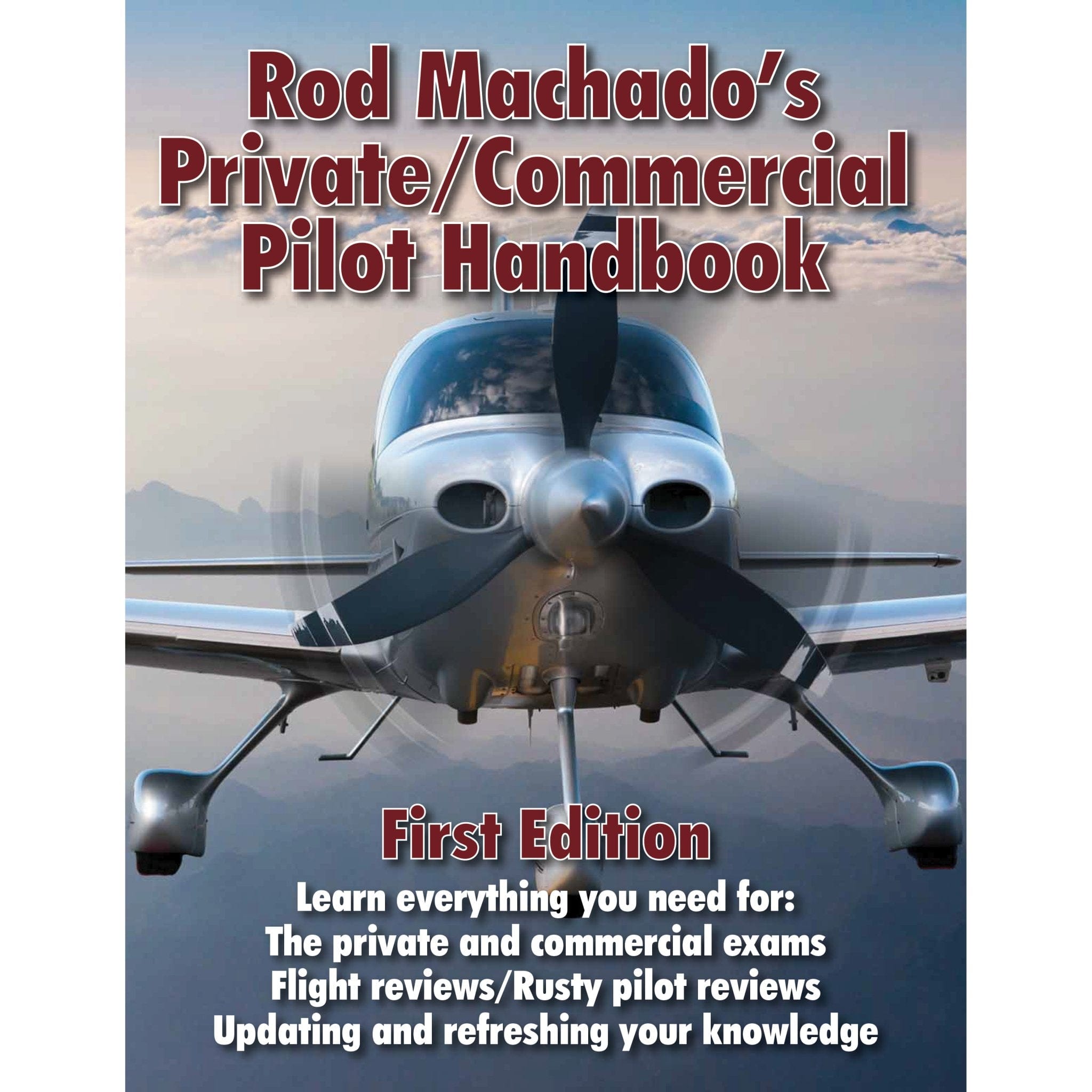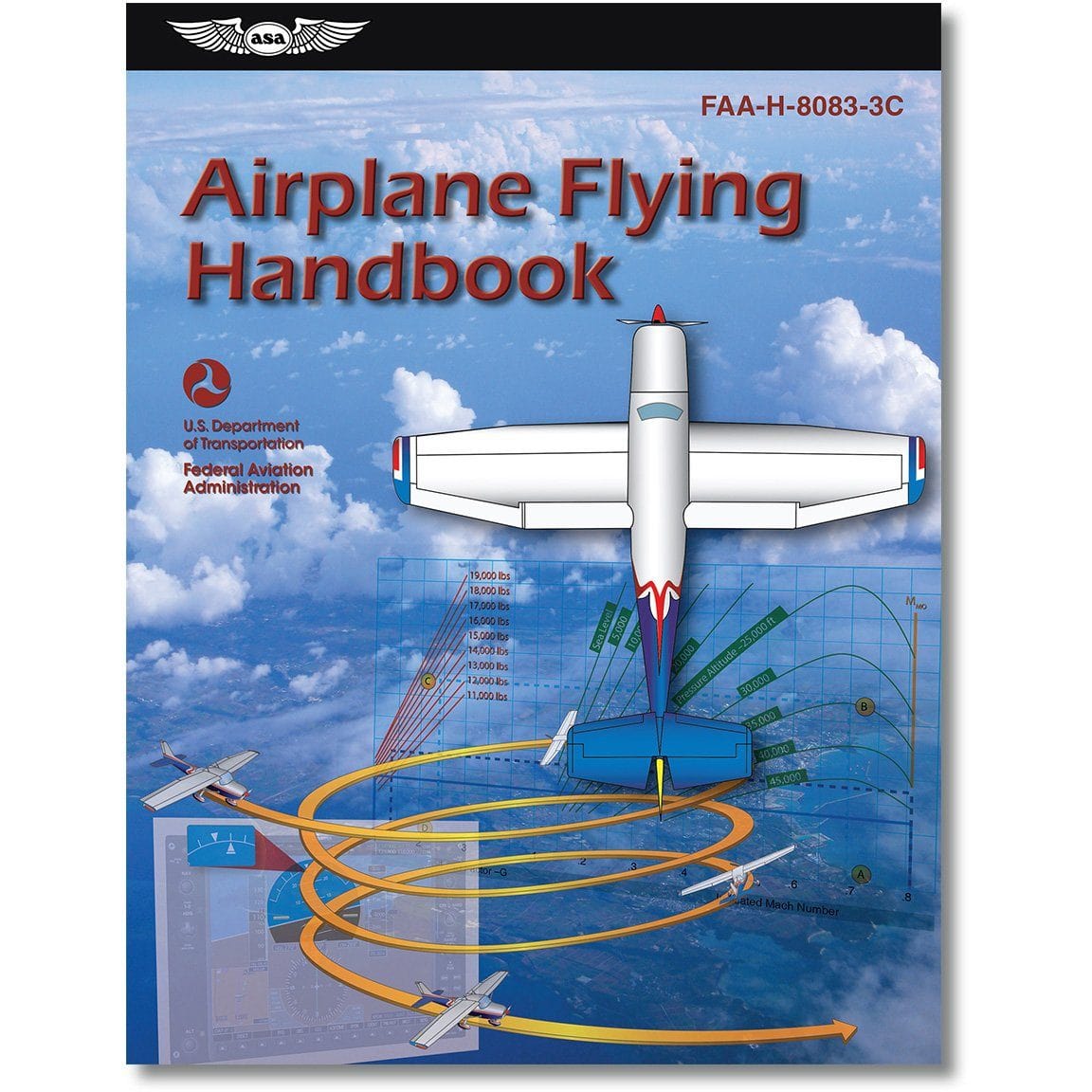Se você nunca ouviu falar de guinada adversa, ela pode pegar você desprevenido durante uma curva quando o nariz do avião puxa na direção oposta. Isso pode fazer com que a aeronave sinta que está lutando contra você.
É alarmante no começo. Mas não se preocupe, nós temos a solução. Neste artigo, vamos detalhar exatamente como a guinada adversa funciona e como ela afeta sua capacidade de controlar sua aeronave.
Vamos começar!
RESUMO
-
A guinada adversa ocorre quando o arrasto faz com que o nariz vire na direção oposta à rolagem.
-
Ignorar isso leva a um voo ineficiente e descoordenado.
-
Use o comando do leme para neutralizar a guinada adversa durante as curvas.
-
Os sistemas modernos reduzem a guinada adversa e precisam de menos correção manual.

A ciência da guinada adversa: quando ocorre a guinada adversa?
A guinada adversa ocorre por causa da maneira como o arrasto se comporta em cada asa durante uma curva. Quando você rola um avião para a direita, o aileron direito se move para cima e isso diminui a sustentação e o arrasto naquele lado.
Na asa esquerda, o aileron esquerdo se move para baixo, o que aumenta tanto a sustentação quanto o arrasto. Ele puxa o nariz do avião para a esquerda, causando o efeito adverso de guinada .
Basicamente, a guinada adversa é um subproduto de como um avião gera sustentação.
A sustentação e o arrasto trabalham juntos quando um avião voa. Quando você vira o avião, uma asa tem que levantar mais do que a outra para ajudar na curva .
Mas quanto mais sustentação você cria, mais arrasto (resistência do ar) você também cria naquela asa.
O arrasto extra puxa o nariz do avião e faz com que ele gire na direção oposta à sua curva. É como se você estivesse puxando algo pesado enquanto tenta fazer uma curva — isso desacelera você e o tira do curso.
Você notará isso mais em velocidades mais baixas, especialmente em aeronaves com envergadura maior.
Quando você experimentar uma guinada adversa, não pense que é um sinal de que algo está errado. É uma ocorrência aerodinâmica natural com a qual todo piloto lida. Mas ignorá-la pode levar a um voo defeituoso e, pior, provavelmente um voo descoordenado.

Por que você não deve ignorar a guinada adversa
A princípio, você pode pensar que a guinada adversa não é um problema tão grande. Você começa a sentir o nariz mergulhar na direção errada, então faz uma rápida correção do leme e está de volta ao controle, certo? Embora possa ser tão simples quanto isso, não conseguir gerenciar a guinada adversa corretamente pode levar a certos tipos de ineficiências de voo.
Por exemplo, você pode queimar mais combustível, prolongar o tempo de viagem ou até mesmo aumentar o desgaste da aeronave.
Se você já pilotou um avião e sentiu o nariz balançar inesperadamente em uma direção que você não queria, isso é guinada adversa.
E não afeta apenas os aviões pequenos da aviação geral. Todas as aeronaves de asa fixa passam por isso, embora aeronaves comerciais maiores frequentemente tenham sistemas para minimizar seu impacto.
Em aviões menores, isso pode ser muito mais óbvio durante curvas fechadas ou ao voar em velocidades mais baixas.
Nesse tipo de situação, se você não estiver usando a técnica correta do leme, o desequilíbrio pode levar a um voo descoordenado, o que não significa apenas ser ineficiente, mas também pode ser perigoso.

Técnicas para neutralizar a guinada adversa
Então, como você evita que a guinada adversa se torne um problema maior? Em resumo, é tudo uma questão de usar o leme .
Aqui estão as etapas para combater a guinada adversa:
-
Reconheça quando ocorre uma guinada adversa (quando o nariz puxa na direção oposta à curva).
-
Aplique o leme na mesma direção da curva.
-
Coordenar os movimentos do aileron e do leme para equilibrar a guinada.
-
Use o coordenador de curva (ou indicador de derrapagem) para garantir que a curva esteja coordenada.
-
Ajuste a pressão do leme conforme necessário durante a curva.
-
Reduza gradualmente os comandos do leme e do aileron ao sair da curva.
Ao fazer uma curva, você precisará aplicar o leme na mesma direção para ajudar a equilibrar as forças de guinada.
Por exemplo, se você estiver rolando para a direita, você aplicará o leme direito ao mesmo tempo. O objetivo é manter a aeronave navegando suavemente com o uso de aileron e leme coordenados . Você quer que o nariz aponte para onde você está indo em vez de arrastar para trás.
As escolas de voo e seu instrutor de voo vão lhe ensinar isso durante o treinamento. Você frequentemente passará um tempo praticando curvas sem comando do leme apenas para sentir o quanto a guinada adversa afeta o avião.
Ao adicionar leme, você começará a desenvolver um instinto de quanto é necessário para equilibrar as forças.
Você terá que aprender a equilibrar. Leme demais e você vai corrigir demais, levando a uma derrapagem. Não o suficiente e você vai ficar preso com um deslize.
Projeto de aileron na redução de guinada adversa
A entrada do leme é a principal maneira de neutralizar a guinada adversa, mas o design da aeronave também importa. Uma das soluções mais eficazes que os engenheiros criaram são os ailerons diferenciais.
Os ailerons diferenciais são projetados para que o aileron defletido para cima se mova mais do que o defletido para baixo, reduzindo o desequilíbrio no arrasto que causa a guinada em primeiro lugar.
Ailerons Frise são outra solução realmente interessante. Esses ailerons giram em uma dobradiça de deslocamento e, quando o aileron ascendente desvia, sua borda de ataque na verdade cutuca o fluxo de ar, gerando arrasto para neutralizar a guinada.
Ambos os designs ajudam a reduzir a quantidade de entrada de leme necessária.
Sistemas Fly-by-Wire e amortecedores de guinada
Aeronaves de alto desempenho e jatos comerciais têm sistemas que tornam o gerenciamento de guinada adversa mais automatizado. Sistemas fly-by-wire e amortecedores de guinada cuidam de boa parte do trabalho duro.
Esses sistemas têm computadores que ajustam automaticamente o leme conforme você faz a curva e mantêm o avião coordenado sem exigir entrada constante de leme do piloto.
Só porque você usa esses sistemas não significa que você não precisa saber como lidar com a guinada adversa. Mas a tecnologia definitivamente torna isso uma preocupação menor.
A melhor coisa sobre amortecedores fly-by-wire e de guinada é que eles ajudam a reduzir o arrasto e o consumo de combustível durante as curvas, beneficiando seu voo geral.

Novos designs de asas para eliminar guinadas adversas
Um dos desenvolvimentos mais empolgantes na tecnologia da aviação é o trabalho da NASA em novos projetos de asas que podem reduzir drasticamente ou até mesmo eliminar completamente a guinada adversa.
A asa PRANDTL-D otimiza como a sustentação é distribuída ao longo da extensão da asa e reduz o diferencial de arrasto que causa guinada adversa. A PRANDTL-D tem o potencial de tornar a aeronave mais capaz e mais fácil de controlar, particularmente em velocidades mais baixas, onde a guinada é mais perceptível.
Esses novos e incríveis avanços no design de asas podem mudar completamente a forma como os pilotos gerenciam as curvas. Em vez de depender da entrada do leme para corrigir a guinada, as próprias asas farão o trabalho sem nenhum esforço extra do piloto. Coisas emocionantes!

Perguntas frequentes
-
Como a guinada adversa difere entre diferentes tipos de aeronave?
A guinada adversa é mais perceptível em aeronaves menores de aviação geral porque elas geralmente voam em velocidades mais baixas e dependem de sistemas básicos de controle. As aeronaves comerciais e de alto desempenho têm sistemas mais sofisticados que quase eliminam isso de acontecer. -
O que são ailerons Frise e como eles ajudam na guinada adversa?
Os ailerons Frise empurram a borda de ataque do aileron ascendente para o fluxo de ar. Eles criam arrasto que neutraliza a guinada adversa sem exigir tanta entrada do leme. -
A guinada adversa pode ser completamente eliminada?
Embora métodos tradicionais como a entrada do leme ajudem, projetos mais novos como a asa PRANDTL-D visam reduzir a guinada adversa na fonte, minimizando ou até mesmo eliminando a necessidade de correção manual. -
Por que a guinada adversa é mais pronunciada em velocidades mais baixas?
Em velocidades mais baixas, o diferencial de arrasto entre as asas se torna mais significativo, tornando a guinada adversa mais perceptível e mais difícil de controlar sem as devidas ações.
Remover
A guinada adversa é um efeito importante que todos os pilotos devem aprender. Quanto mais você entender por que isso acontece, você será capaz de reconhecer quando estiver em uma situação de guinada adversa e como corrigi-la.
À medida que a tecnologia avança, o gerenciamento da guinada se tornará mais automatizado e menos dependente de entradas manuais dos pilotos. Até que isso aconteça, fique vigilante e lembre-se de usar seus lemes.
Voe com segurança!
Interessado em recuperação e manobras?
Nossos guias foram projetados para ajudar!
-
Manobra Chandelle: O que é e por que você deve aprender a pilotá-la
-
Manobras de referência no solo: como arrasar no seu checkride
-
Como fazer curvas em torno de um ponto (guia completo + plano de aula)
Você achou este artigo útil?
Você acha que esquecemos de uma pergunta importante da entrevista? Deixe-nos saber nos comentários abaixo!






